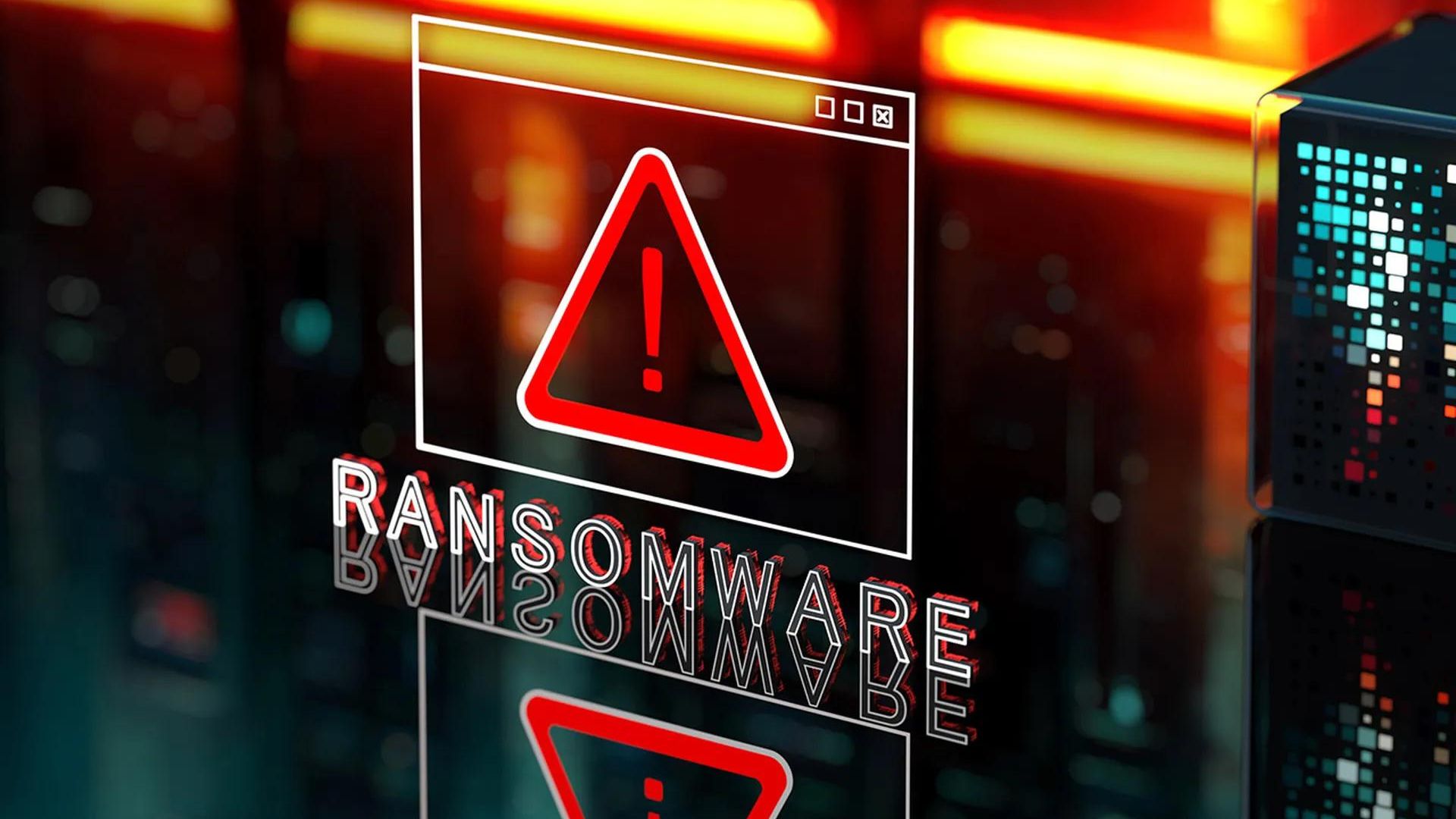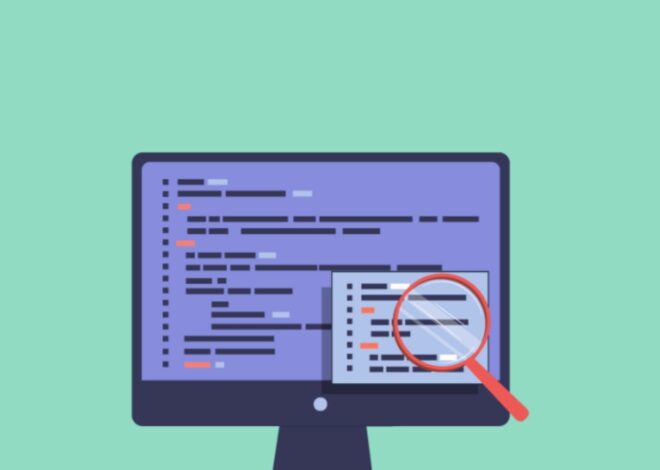
Investigating Ransomware Attacks for Effective Recovery
Ransomware attacks can be devastating, locking up your files and demanding payment for their release. But fear not! In this guide, we will be investigating ransomware attacks and recovering your precious data.

Understanding Ransomware
Ransomware operates by infiltrating your computer system through various means, such as phishing emails or exploiting vulnerabilities in software. Once inside, it swiftly encrypts your files using complex algorithms, rendering them unreadable without the decryption key held by the attacker. This digital kidnapper then typically presents you with a ransom note, demanding payment in cryptocurrency in exchange for the decryption key. Unfortunately, no guarantee paying the ransom will result in the safe return of your files, and it may even embolden attackers to target you again in the future.
Recognizing the Signs of a Ransomware Attack
Before we dive into investigation and recovery, it’s crucial to recognize the signs of a ransomware attack. Common indicators include sudden file encryption, ransom notes appearing on your screen, and unusual network activity.
Step 1: Assess the Damage
When you suspect a ransomware attack, the first step is to assess the damage. Identify which files are encrypted and determine the extent of the infection. This information will help guide your recovery efforts.
Step 2: Isolate Infected Systems
To prevent further spread of the ransomware, isolate infected systems from the network. Disconnect them from the internet and other devices to contain the infection.
Step 3: Preserve Evidence
Preserving evidence is essential for investigation and potential law enforcement involvement. Take screenshots of ransom notes, note the time of the attack, and collect any other relevant information that may help identify the attacker.
Step 4: Identify the Ransomware Variant
Not all ransomware is created equal. Different variants may have different encryption methods and ransom demands. Identify the specific variant of ransomware to determine if decryption tools are available or if a ransom payment is necessary.
Step 5: Explore Recovery Options
Once you’ve assessed the damage and identified the ransomware variant, it’s time to explore recovery options. This may include restoring files from backups, using decryption tools if available, or seeking assistance from cybersecurity professionals.
Step 6: Restore from Backups
If you have backups of your files, restoring from backups is often the most effective way to recover from a ransomware attack. Ensure your backups are secure and up-to-date to minimize data loss.
Step 7: Consider Decryptor Tools
In some cases, cybersecurity researchers develop decryption tools that can unlock files encrypted by certain ransomware variants. Explore online resources and consult with cybersecurity experts to determine if a decryption tool is available for your situation.
Step 8: Proceed with Caution
If you decide to pay the ransom, proceed with caution. Understand that paying the ransom does not guarantee the safe return of your files, and it may encourage further attacks. Consider seeking guidance from law enforcement or cybersecurity professionals before making any payments.
Conclusion
Investigating ransomware attacks requires a systematic approach, from assessing the damage to exploring recovery options. By following these steps and seeking assistance when needed, you can effectively recover from a ransomware attack and safeguard your data against future threats. Remember, preparation and vigilance are key to staying one step ahead of cybercriminals.



